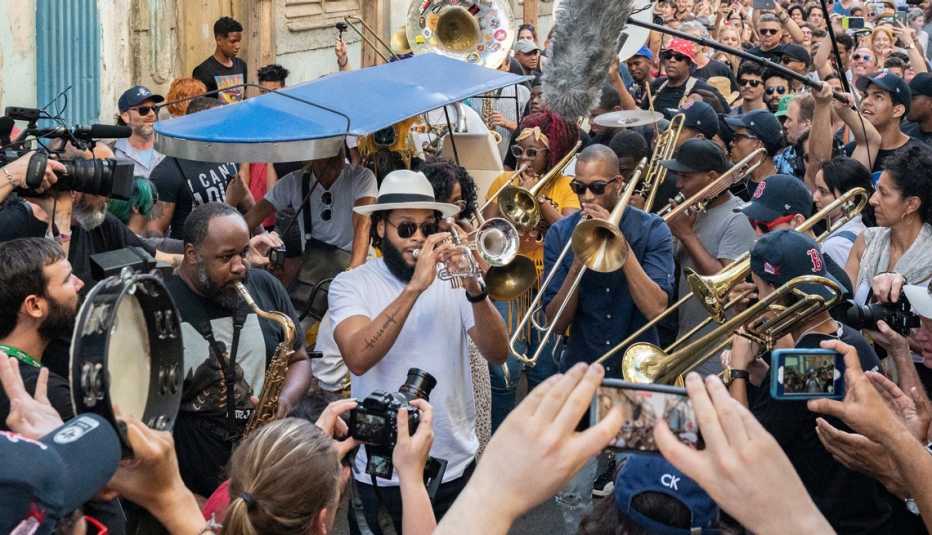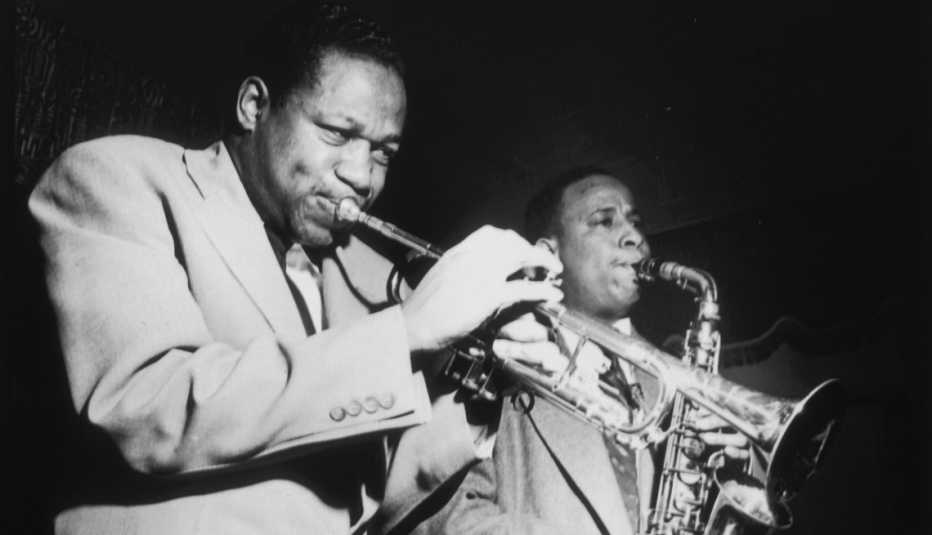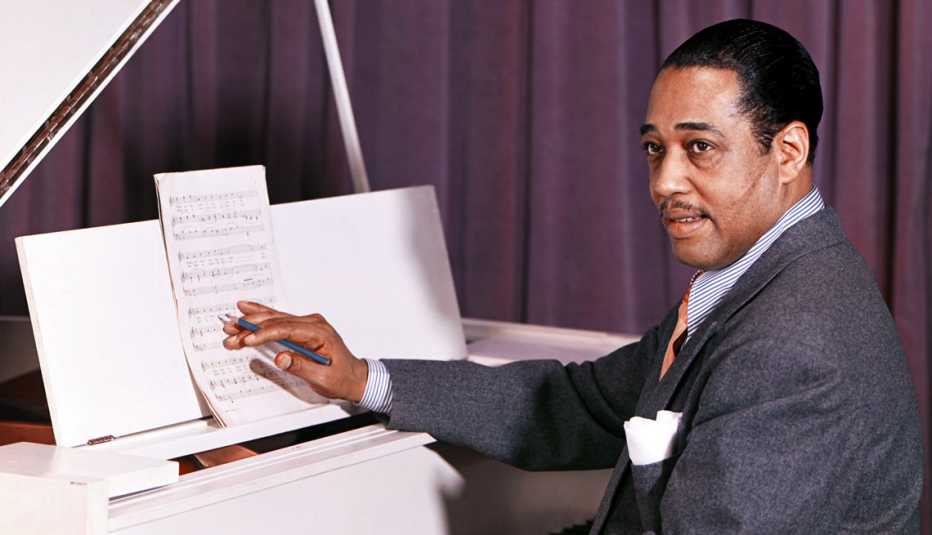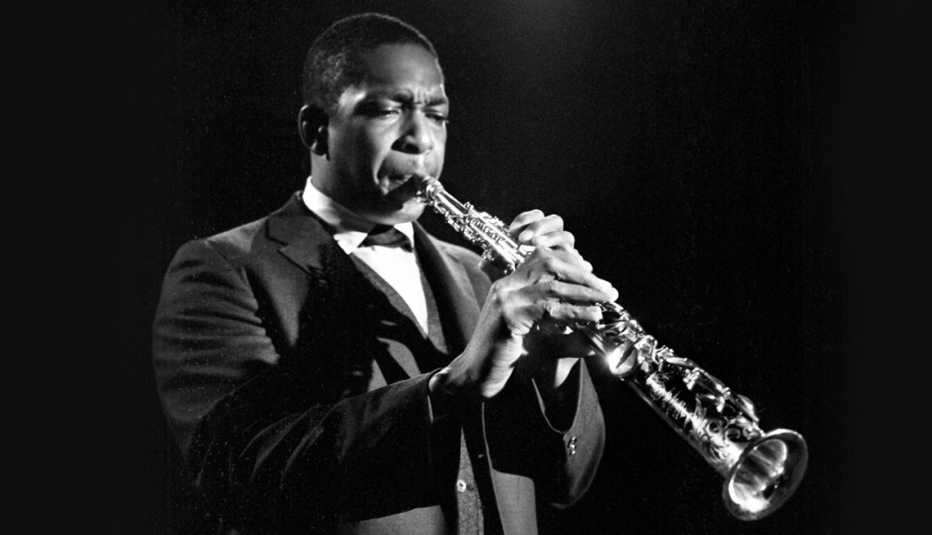AARP Hearing Center


Decades ago, jazz was one of the most popular styles of music. But over time it has fallen out of the mainstream. That's too bad because the music can be a wild ride, encompassing a huge variety of grooves, moods and sounds. If travel broadens the mind, then jazz broadens the soul.
As a television producer, I have been working on a documentary about the life of New Orleans trumpet legend Wendell Brunious, and I thought this 66-year-old could provide some perspective on the genre for those who have never given it a try. Here is his five-step plan.
1. Start at the top
By the top, Brunious means Louis Armstrong. He is the greatest of all time. He overcame so much hardship in his life and shared that humanity and vulnerability in every note he played and every lyric he sang.
Songs: “If I Could Be With You (One Hour Tonight)"; “West End Blues"


2. Embrace tradition
New Orleans jazz is deeply connected to the area's culture and the past. Ground yourself in tradition; it will provide a foundation for moving forward.
Songs: “Bourbon Street Parade” by Paul Barbarin & His New Orleans Jazz Band; “St. James Infirmary” by Louis Armstrong


3. Follow the leaders
Brunious was influenced by Lee Morgan, Clifford Brown and Clark Terry. If you like a certain jazz musician's style, research who influenced that player, and soon you'll start recognizing names.
Songs: “Embraceable You” by Clifford Brown; “All the Way” by Lee Morgan


4. Befriend ballads
Heartbreak can take months or even years to get over. A tender tune can guide you through those emotions and gently settle your heart.
Songs: “Careless Love” by Preservation Hall Jazz Band; “Creole Love Call” by Wendell Brunious and the New Orleans Roof Jazzmen


5. Challenge yourself
Brunious knows over 2,000 songs but never stops exploring. Jazz compels you to seek new territory. Start with accessible tunes, but keep your ears open.
Songs: “My One and Only Love” by John Coltrane and Johnny Hartman; “Someday My Prince Will Come” by Miles Davis
Listen to Wendell Brunious’ Listening to Jazz playlist on AARP's Spotify account.

































































More on entertainment
Get in the Swing With These 8 Irresistible Jazz Movies
The best dramas and docs, from Louis Armstrong to Lady DayAARP Presents 'Smokey Wrote That'
Motown legend and prolific songwriter Smokey Robinson tells the stories behind timeless hits